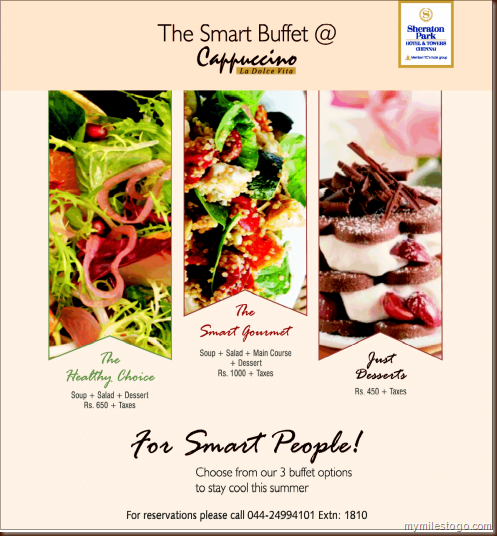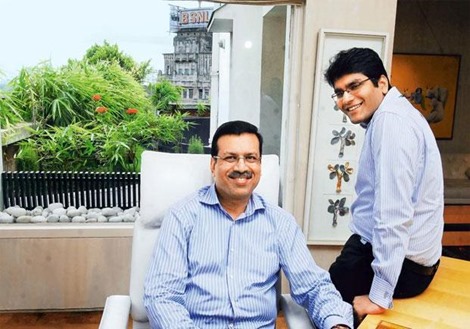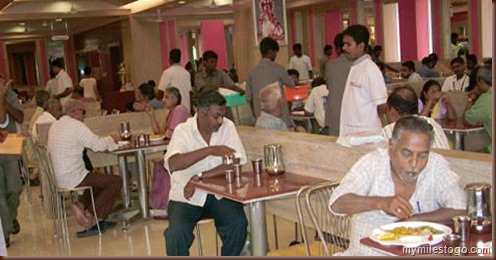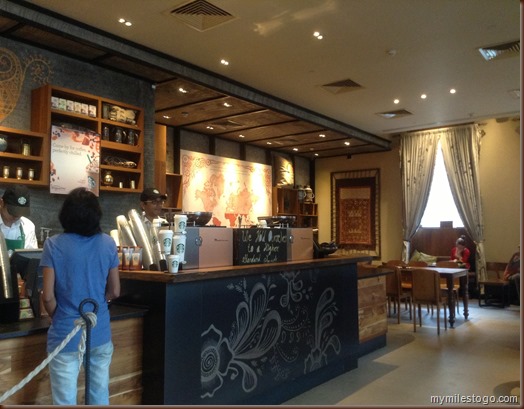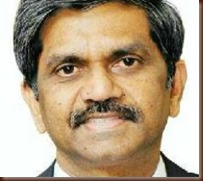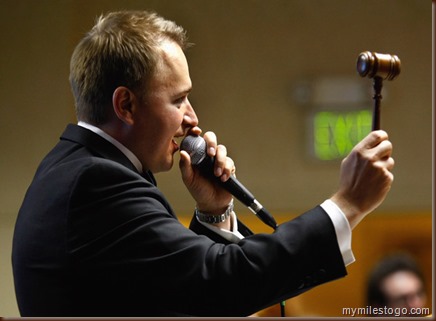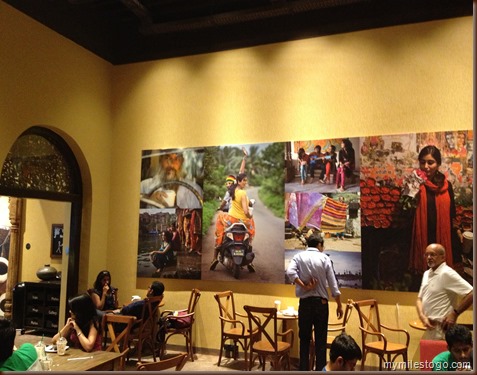The last few years have seen Royal Enfield rediscover speed, with the sales of its premium bikes rising quickly. Overwhelmed by increasing demand, the waiting period for some of the company’s models has risen to nearly 10 months. The Eicher group firm, which recently kick-started production at its second plant in Chennai, is looking to grow further in the ‘mid-sized motorcycle space’. As a custodian of this iconic brand, Siddhartha Lal, Managing Director of Eicher Motors, is determined to retain the best of the old while still pushing the envelope in terms of new products. In an interview to The Hindu, Mr. Lal talks on the journey so far, the road ahead, and the attributes that make Royal Enfield click with India’s urban youth. Excerpts:
Is your transformation plan going on schedule?
Absolutely. It has been many years in the making. Our inflexion happened with the ‘Classic’ bike in 2008, but a bike in itself can never make an inflexion. It happened because we had put in everything before that — the dealers, the service infrastructure, and so on. All of that went in, and then came the new engine platform.
The bike got us into an inflexion on our volumes. For the last 20 years, we sold between 20,000 and 30,000 units. It was flat at best. And then we hit the ramp. In the last few years, we have been growing rapidly. Our growth started from 2008, and it has been great since then. Since our product and distribution fronts are now up to speed, the market is on a positive cycle for us. The visibility of the brand is at a high point right now. We hope we will be able to stretch this type of growth for the next two years.
How much of your revenue or sales is linked to the overall market, which is performing poorly? Or, are you de-linked completely?
Well, clearly at this point, you can say we are de-linked. We are growing at 50 per cent. The two-wheeler industry, however, is not. That is because we are still a very small player in the overall motorcycle industry. If we were a 50 per cent player in the motorcycle industry, we would have a limitation of growth. Since we are a tiny player right now, we can still grow much faster than the industry and not be constrained by the overall industry pace.
Is being a niche player a blessing in disguise during downturn?
Our growth is really dependent on us. For 20 years from the mid-1980s till 2008, we were hardly growing. Meanwhile, the motorcycle industry went from a few lakh units a year to nearly 13 million.
We never grew during that time. What has happened now is that we are firing on all cylinders. We are able to create a value proposition for customers, and that is fuelling our growth. The main point here is that we were able to create a real desirability among the urban youth.
Are you only riding on the urban market though?
We always had a traditional and rural market, and that is still there. But it is the urban youth who mainly ride commuter bikes. After five and eight years into their jobs, they want something better. So, they have an option to go for a larger commuter bike or they look at us, and say this is also an interesting option. This happened because we removed a lot of barriers in the minds of the urban youth. What were these barriers? A lot of people were confused over the whole shifting from the wrong foot; everyone was worried about what would happen if they pressed the gear instead of the brake. So, we fixed that. Second was that the bike was too heavy, so we went and made the stand much easier. And then, of course, the finish and the paint job — they weren’t very great.
Fixing all of this has driven demand for us.
You have had a supply-demand mismatch over the last three years. Has this helped boost demand by creating scarcity or has it dampened sales?
Well, I believe we have actually lost sales because of that. Honestly, there is always a little aura around a product that makes you wait. People feel that there is something about the product, a lot of people are buying it, and, therefore, it must be good.
So, there is that element. However, on the other hand, we have discovered that at least 20 per cent of our customers are falling out because they don’t want to wait for a year. So, they move onto some other bikes. Net-net, if you put both these conditions together, we have definitely lost out. Our first objective is to reduce that waiting period now.
What is the brand message of Royal Enfield now, compared to 20 years ago?
Originally, it was about being big, and was about power. That has subtly changed now. The ‘Bullet’ still carries a lot of the values of what originally we had. But now that is restricted only to a particular model. Overall, the message now is what we call a pure motorcycle. Other bikes are really fast, or really heavy, and or really excess in one aspect. On the other hand, our’s is about simplicity. When you see our bike, there is nothing superfluous about it. Royal Enfield is about harmonising the rider, the bike and the terrain. When you go on the highways, you enjoy going at a medium pace on our bikes. The rider is able to enjoy thoroughly.
Do you intend to have a brand ambassador?
We will never have a brand ambassador! We don’t pay people to be seen on our bike. Every movie that uses our bike is because they want to use our bike. We don’t spend one rupee on all that. Our bikes still contain that genuine feel. We believe we have created a brand which is very strong. So, it is a pull strategy rather than a push strategy. We have stayed the course. Over 15 to 20 years, when we were struggling, we never said let’s bring about a commuter bike or do something that isn’t serious.
What will you do to ensure that your product stays its course of differentiation?
Our strategy, for me, is to continue to push the envelope of making products that are even more differentiated. People don’t buy our bikes on specifications.
Obviously, we have to invest in new products. We will have many more bikes coming on the line soon. There will be more players coming, no doubt. But, I think, there is enough market for everybody. As more players come in, the market will keep growing.
So, Royal Enfield will continue to dig more deep into its niche play? Can it not become a product for the masses at any point?
Well, we can grow five-fold. But that will still never make it a mass product! I guess we are going in for much more depth in what we call the mid-sized motorcycle space. Look at our next product, the Continental GT, which is extremely differentiated and attracts a totally different segment of customers. We will have more models that have that type of differentiation. Beyond that, our ambitions are global in nature. In emerging markets, which already have a commuter market, we see a vacant space between the commuter market and the big bikes. We will provide a compelling option there.
However, in developed markets such as the U.S., we see that people are trading down from big bikes due to the current economic conditions. Therefore, we believe we will be in a sweet spot for both emerging and developed markets. That is our strategy. We want to be a global player.
What are the external factors that could prove to be limiting for Royal Enfield? Why did you decide to locate your second plant too in Chennai?
The only limiting factor for us is our own imagination. We aren’t constrained by economic numbers or the market size. With this new plant, we have the ability to expand very quickly. Of course there are risks in having both plants in the same city, but we like Chennai! We did a very detailed study, and we looked across India. But we came to the conclusion that a second plant in Chennai would be better because our entire supplier base is here. I have no intention of developing a new supplier base right now! Chennai has a very strong ecosystem of every form. Right from a paint shop to vehicle assembly and measurement equipment—everything is here! We know this area very well. If you go to an out-of-Chennai market, we have to learn everything from scratch.
Right now, we have no intention of setting up a plant elsewhere. Of course, if taxation demands, we could think of a plant elsewhere to deliver on our global ambitions. Our effort to consolidate here is our growth strategy. We will stretch this place forever, like we did in our old plant.
How was it to completely overhaul the Eicher product portfolio over the last twenty years? Do you have any regrets now?
When we were doing a review of our portfolio in 2004, we had many big businesses. But we had a multitude of smaller businesses. We had got into the garments business, tools, merchant trading, agriculture product trading - all sorts of stuff! We did a full portfolio rehash. We should focus only on a few. So, we wanted to move from being mediocre to being great.
Let us be very clear about that. We were very middling in all of these businesses, including motorcycles. But for motorcycles, we did a leap of faith, as I was sure it would grow.
So we shut down the rest of the businesses, the most visible one being the tractor business which we sold. We have no regrets.
Article Credit:
